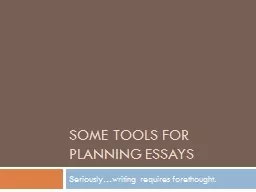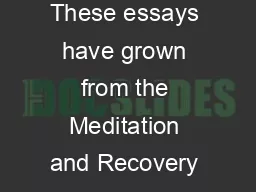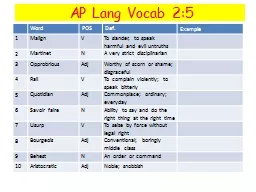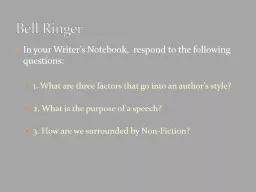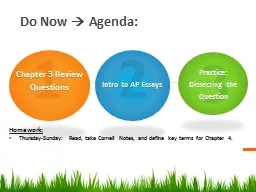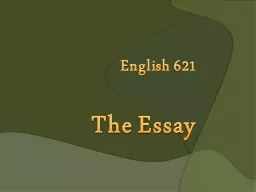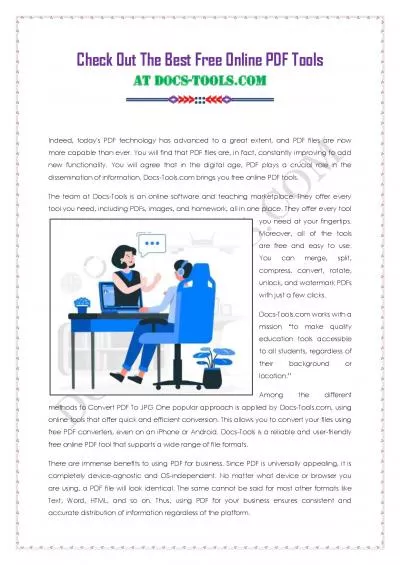PPT-Some Tools for Planning Essays
Author : liane-varnes | Published Date : 2018-03-10
Seriouslywriting requires forethought Decide on Key Points First Point Shakespeare Millay Speaker Alike X Different Example The speaker is ostensibly
Presentation Embed Code
Download Presentation
Download Presentation The PPT/PDF document "Some Tools for Planning Essays" is the property of its rightful owner. Permission is granted to download and print the materials on this website for personal, non-commercial use only, and to display it on your personal computer provided you do not modify the materials and that you retain all copyright notices contained in the materials. By downloading content from our website, you accept the terms of this agreement.
Some Tools for Planning Essays: Transcript
Download Rules Of Document
"Some Tools for Planning Essays"The content belongs to its owner. You may download and print it for personal use, without modification, and keep all copyright notices. By downloading, you agree to these terms.
Related Documents

